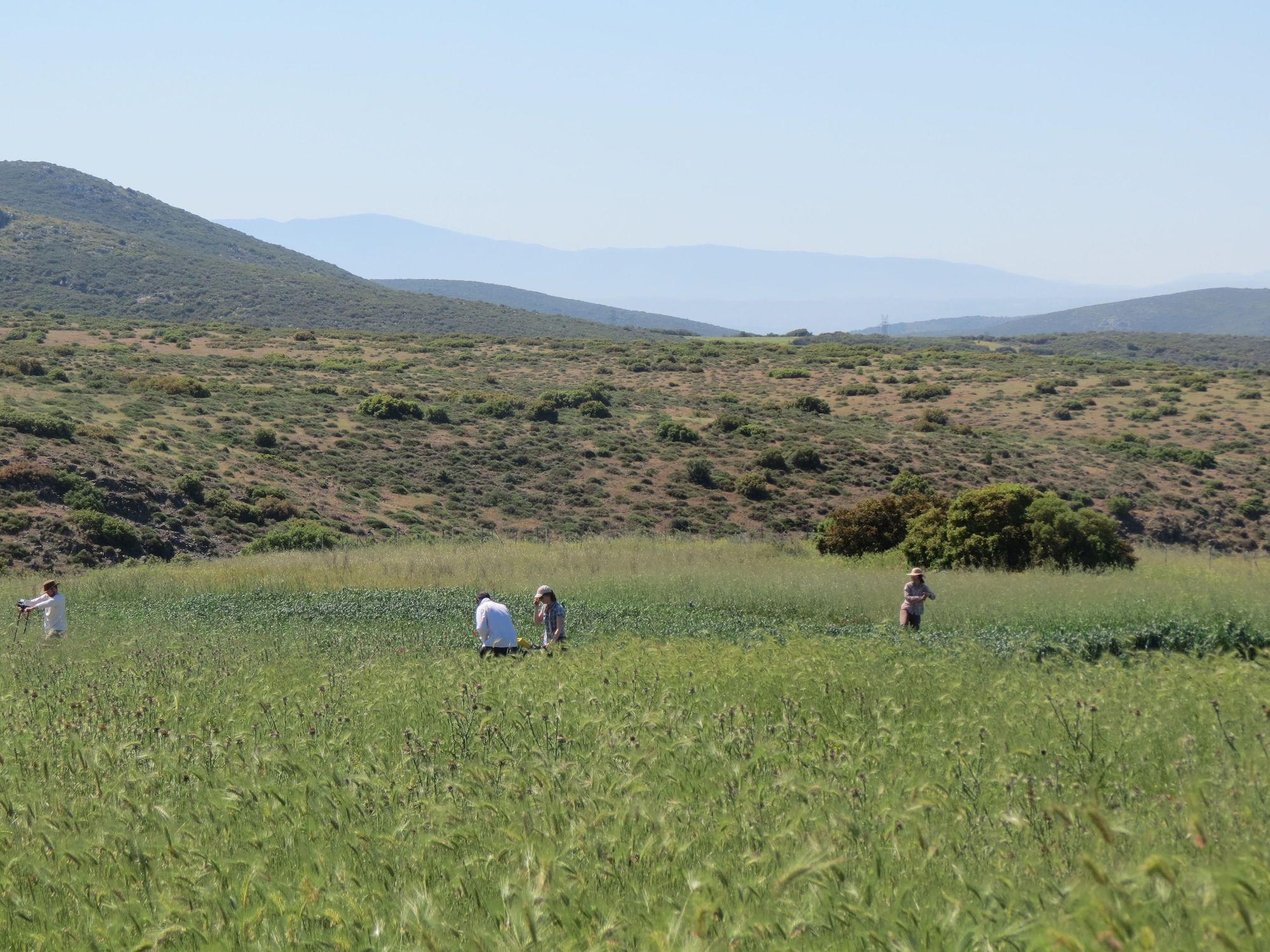2. Work in Progress: Tracing Autochthony in Athens and Boeotia. A comparative Case Study
DOI:
https://doi.org/10.17879/tjo-2024-6173Abstract
Ioannis MITSIOS (University of West Attica)
Tracing Autochthony in Athens and Boeotia: A comparative Case Study

Published
2024-12-31
How to Cite
Ioannis Mitsios. (2024). 2. Work in Progress: Tracing Autochthony in Athens and Boeotia. A comparative Case Study. Teiresias Journal Online, 3(2). https://doi.org/10.17879/tjo-2024-6173
Issue
Section
2. Work in Progress
License

This work is licensed under a Creative Commons Attribution-NonCommercial 4.0 International License.

